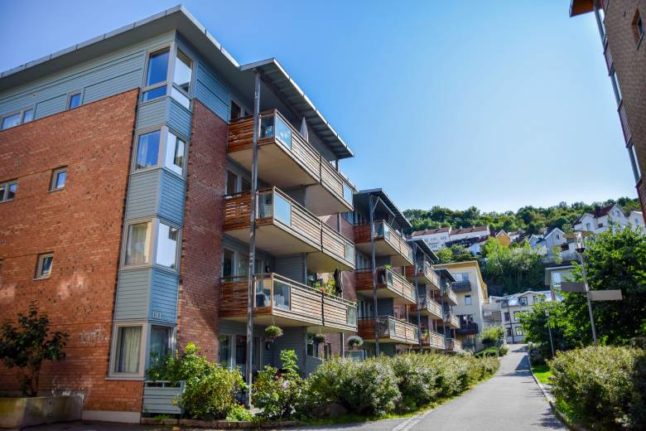Despite falling house prices and unchanged tax rates, many homeowners in Oslo will have to pay more in property taxes soon.
The newspaper has calculated that some homeowners in Oslo will have to pay significantly higher property tax in 2023 than this year.
An Oslo home with a listed value of six million kroner, according to this year’s tax assessment, will see its property tax tripled next year, from 600 kroner to just over 1,800 kroner.
A home with an estimated value of eight million kroner will have its property tax increased from 4,800 kroner to 6,480 kroner.
The reason for the increase is not political – the calculation of housing value by Statistics Norway (SSB) and the Tax Administration is lagging behind the fluctuations in the housing market.
Thus, it will take time before homeowners feel the effect of the housing price drop that is happening in the market at the moment.



 Please whitelist us to continue reading.
Please whitelist us to continue reading.
Member comments